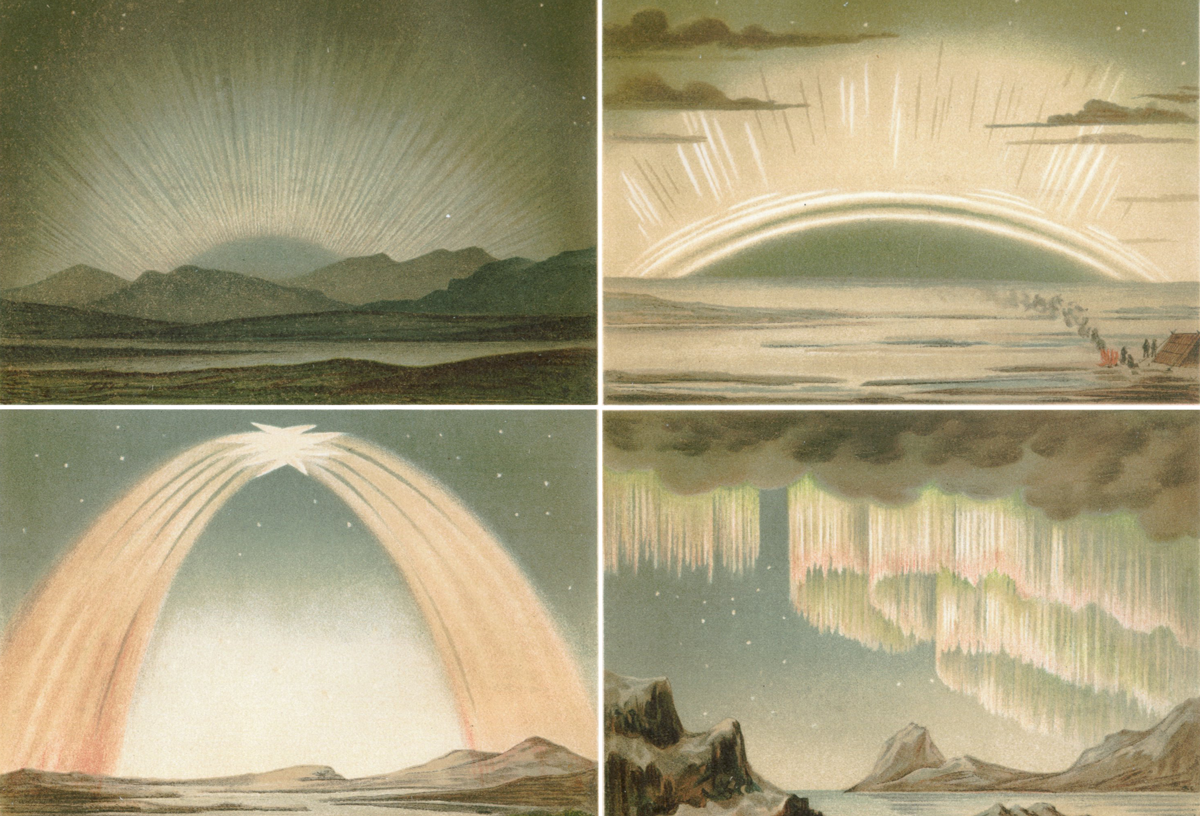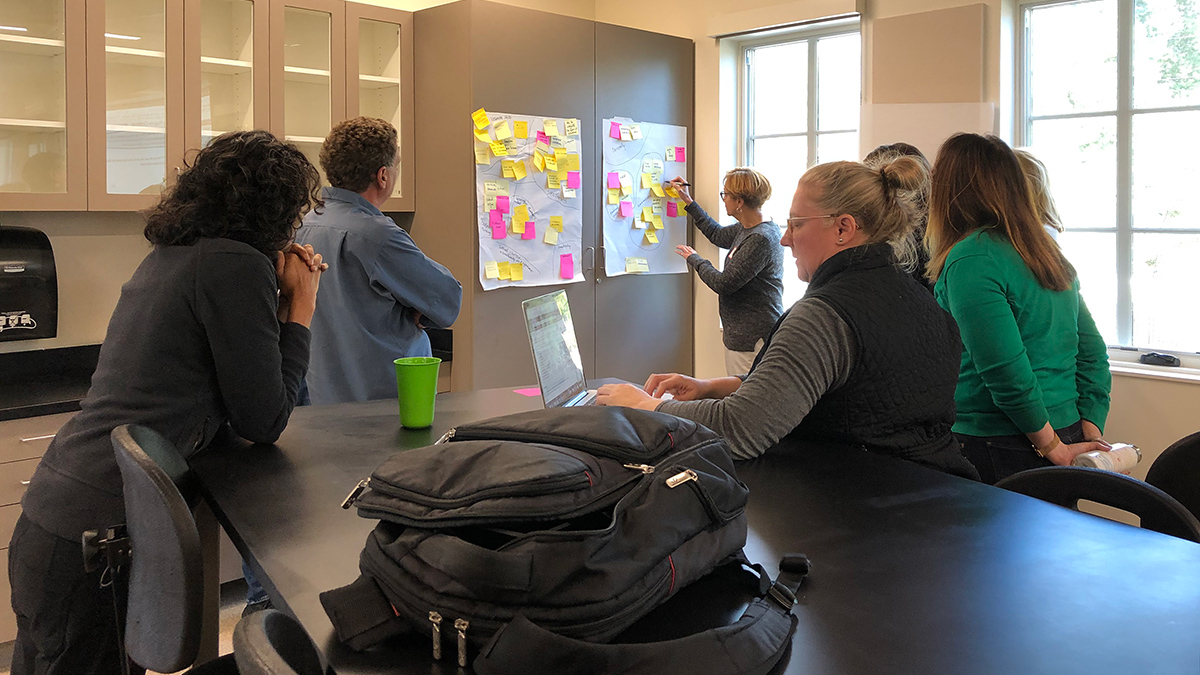Individual faculty and students, departments and programs, and the enterprise of STEM education as a whole face challenges to success. Our September issue points the way toward solutions.
academia
Geocientífiques cuir: siendo y construyendo el cambio
Un panel conjunto de la AGU-AMS destacó cómo las personas, las instituciones y las asociaciones profesionales pueden tomar acción para ampliar las oportunidades para quienes tienen identidades tradicionalmente marginadas.
The Benefits of Empowering Community College Geoscience Faculty
Creating spaces and partnerships tailored to 2-year-college faculty can improve perceptions of how they fit into the geoscience community and boost diversity in the discipline more broadly.
Let’s Get Geophysical: Tracking the Evolution of AGU Journal Article Titles
A new study catalogs the most frequently used words in the archive of AGU journal article titles and considers the story these words tell about the evolving fields of Earth and space sciences.
The Career Issue: A Guide Through the Maze
Surrounding yourself with support can get you far.
Adriana Alves: Creating an Inclusive Academy
One of few Black professors at an elite university in Brazil advocates for a more diverse and inclusive academic environment.
Geoscience Departments Can “Phone a Friend” for Support
For a decade, the Traveling Workshops Program has provided customized assistance and expert facilitation to support geoscience groups as they adapt to shifting student and institutional interests.
Empowering Genderqueer Geoscientists: Being and Building the Change
A joint AGU-AMS panel outlined how individuals, institutions, and professional associations can take action to expand opportunities for those with traditionally marginalized identities.
Charting New Territory
From the abyss of the Antarctic to proxy lunar landscapes in Arizona, fieldwork gives Earth and space scientists insight and experience.
Tiny Satellites Can Provide Significant Information About Space
Students and faculty at the University of Colorado Boulder use CubeSats to learn more about the near-Earth environment.










